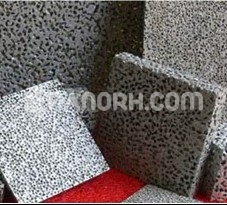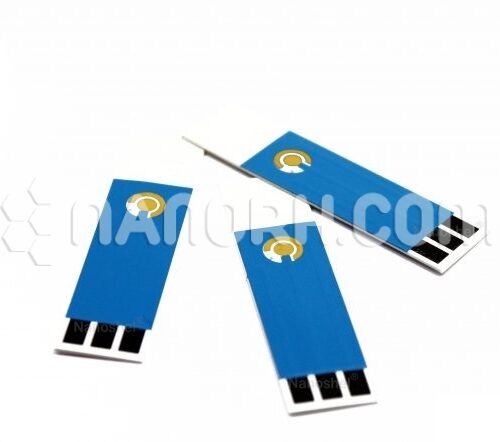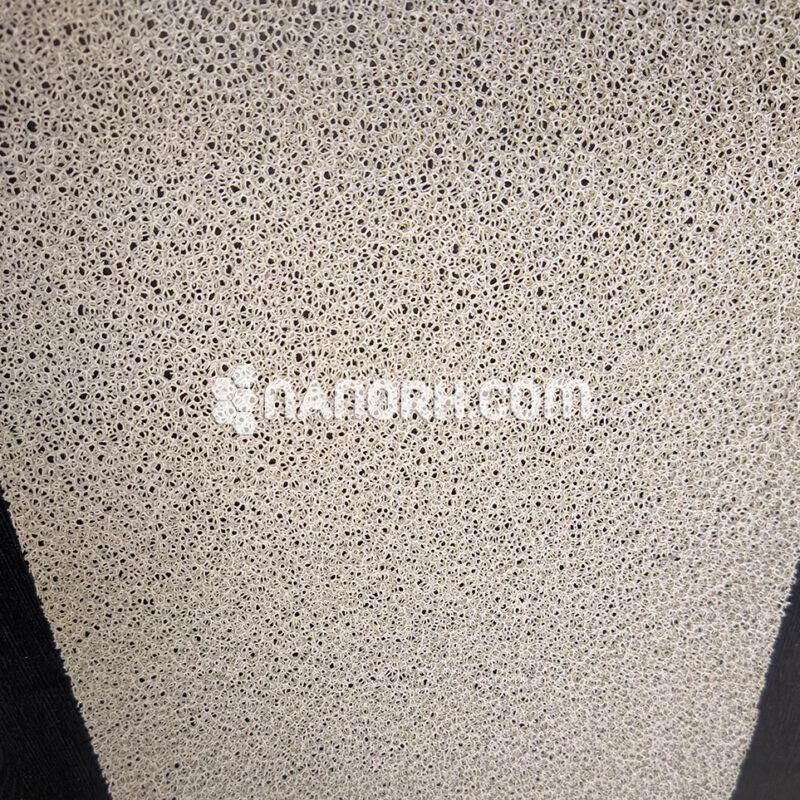Aluminium Metal Foam (Al, Closed Cell, 2-11mm)
| Aluminium Metal Foam | |
| Product No | NRE-51003 |
| CAS | 7429-90-5 |
| Formula | Al |
| Molecular Weight | 26.982 g/mol |
| Purity | NA |
| Porosity | 60-90% |
| Density | 0.1 to 0.35 g/cm³ |
| Thermal Insulation Properties | About 1 / 400 of metal Aluminium |
| Electromagnetic Wave Frequency | Between 2.6 and 18GHZ |
| Electromagnetic Shielding Property | Up to 60 – 90dB |
Aluminium Metal Foam
Aluminium metal foam (AI) is a lightweight, porous material with unique mechanical, thermal, and acoustic properties, making it valuable in various industrial and technological applications.
Automotive Industry
Lightweight Structures: Al is used in automotive components to reduce vehicle weight, which improves fuel efficiency and reduces emissions. It is particularly valuable in crash structures, bumpers, and energy absorbers due to its ability to absorb impact energy.
Sound Dampening: The foam’s acoustic properties make it effective for reducing noise and vibrations in vehicles, enhancing passenger comfort.
Aerospace Industry
Structural Components: Al is used in aerospace applications where lightweight and high strength are critical. It is employed in aircraft panels, wings, and other structural components to reduce weight without compromising strength.
Thermal Management: Its high thermal conductivity and low density make aluminium foam suitable for use in heat exchangers and thermal protection systems in aircraft.
Construction Industry
Building Panels: Aluminium metal foam is used in building panels for lightweight, strong, and fire-resistant walls, floors, and ceilings. Its insulating properties also contribute to energy-efficient building designs.
Blast Protection: The material’s ability to absorb energy makes it useful in protective structures designed to mitigate the effects of explosions and impacts in buildings and infrastructure.
Marine Industry
Shipbuilding: Aluminium metal foam is used in shipbuilding for constructing lightweight, corrosion-resistant, and buoyant structures. It helps in reducing the overall weight of ships, leading to improved fuel efficiency.
Floatation Devices: Its inherent buoyancy makes it ideal for floatation devices and components in marine environments.




